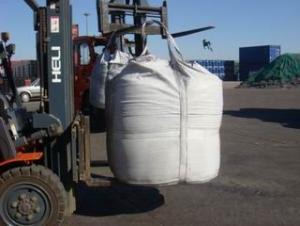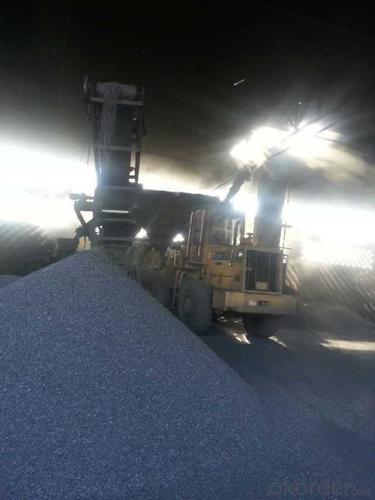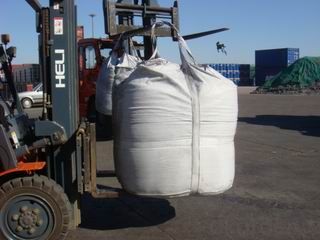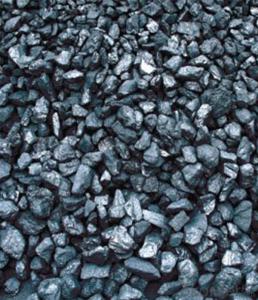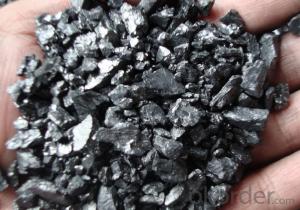FC 90% Calcined Anthracite
- Loading Port:
- China Main Port
- Payment Terms:
- TT OR LC
- Min Order Qty:
- -
- Supply Capability:
- -
OKorder Service Pledge
Quality Product, Order Online Tracking, Timely Delivery
OKorder Financial Service
Credit Rating, Credit Services, Credit Purchasing
You Might Also Like
Calcined Anthracite is produced using the best Anthracite-Taixi Anthracite wich is with low S and P, It is widely used in steel making and casting as carbon additive, and it is also widely used in Chemical, carbon materials production and some other fields.
General Specification of Calcined Anthracite:
PARAMETER UNIT GUARANTEE VALUE | |||||
F.C.% | 95MIN | 94MIN | 93MIN | 92MIN | 90MIN |
ASH % | 4MAX | 5MAX | 6MAX | 7MAX | 8MAX |
V.M.% | 1 MAX | 1MAX | 1.5MAX | 1.5MAX | 1.5MAX |
SULFUR % | 0.5MAX | 0.5MAX | 0.5MAX | 0.5MAX | 0.5MAX |
MOISTURE % | 0.5MAX | 0.5MAX | 0.5MAX | 0.5MAX | 0.5MAX |
Size can be adjusted based on buyer's request.
Pictures of Calcined Anthracite:

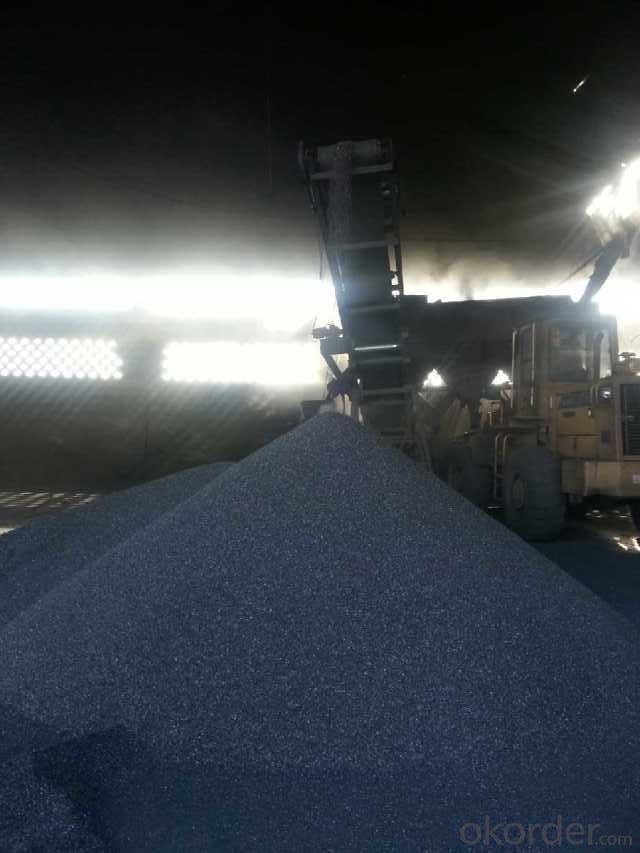
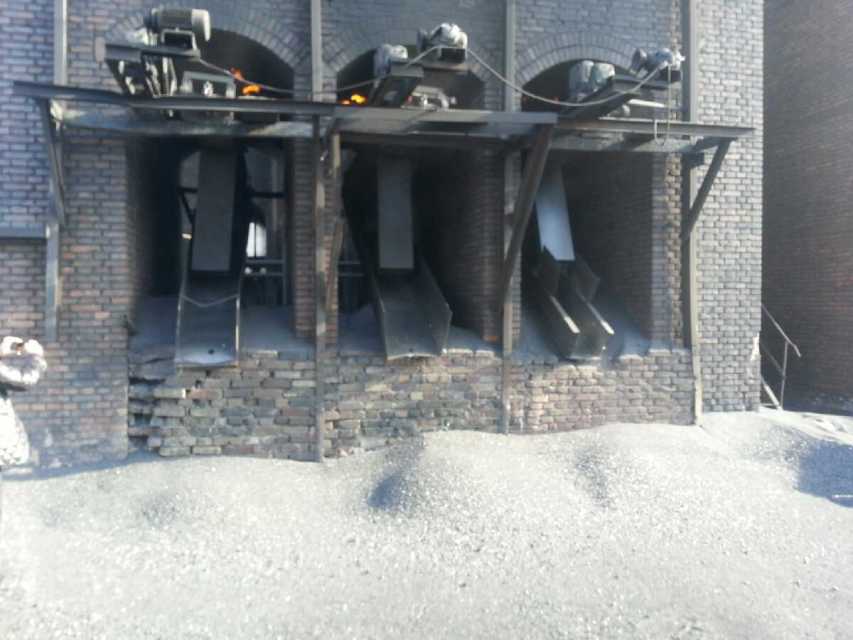

The package will be adjusted based on buyer's request.
- Q: There is a graphite mine, looking for three experts engaged in mineral processing industry asked. They say earthy graphite, and the answer to the taste is quite different. Some say that the fixed carbon content of 15, and some say graphite grade 90%. The same sample. Some people say that very valuable, and some say that the grade is too low, worthless. I'm all confused. What do you mean by graphite grade and fixed carbon?
- The taste of graphite powder refers to its purity, that is, the amount of carbon; fixed carbon content refers to the removal of water, ash and volatile residues, it is an important indicator of the use of coal. The two are essentially different
- Q: What are the effects of carbon emissions on the stability of volcanic regions?
- Carbon emissions can potentially have both positive and negative effects on the stability of volcanic regions. On one hand, increased carbon dioxide levels in the atmosphere can contribute to global warming, which in turn may lead to melting of glaciers and ice caps, resulting in a rise in sea level. This rise in sea level can increase the likelihood of volcanic flank collapse, as the added pressure weakens the stability of volcanic slopes. Additionally, global warming can also trigger more frequent and intense rainfall, potentially leading to increased erosion and landslides in volcanic areas. On the other hand, carbon dioxide emissions can also have a stabilizing effect on volcanic regions. The injection of carbon dioxide into volcanic systems can enhance the pressure within magma chambers, promoting magma crystallization and solidification. This process can reduce the likelihood of volcanic eruptions, as the solidified magma acts as a barrier that hinders the movement and release of magma. Overall, the effects of carbon emissions on the stability of volcanic regions are complex and dependent on various factors. It is crucial to continue studying these interactions to better understand the potential consequences and implications for volcanic hazards and the overall stability of volcanic regions.
- Q: What is fullerene?
- A unique structure resembling a hollow cage or sphere is what constitutes a fullerene, a molecule composed entirely of carbon atoms. Alongside graphite and diamond, it is considered a form of carbon allotrope. The renowned and most commonly known fullerene is referred to as buckminsterfullerene or simply C60, which takes the shape of a soccer ball with 60 carbon atoms. Fullerenes come in a range of sizes, from as little as 20 carbon atoms to several hundred. They can be found naturally in soot or formed through different methods like laser ablation or chemical vapor deposition. With their distinct structure, fullerenes possess exceptional properties, such as high strength, low density, and excellent electrical and thermal conductivity. Therefore, they have found applications in various fields, including nanotechnology, electronics, medicine, and materials science.
- Q: What is a carbon free martensite?
- The definition of martensite of Fe based alloy (solid steel and other iron-based alloy) and non ferrous metals and alloys, is guetche variant diffusion free phase transition product of martensitic transformation. It is a product of Fe based alloy, phase transformation of undercooled austenite occurs without diffusion were guetche formation of martensite variant body transformation.
- Q: The home wants to install electricity to warm the floor, the metal heating cable certainly won't use to have radiation, but is carbon system carbon fiber good or carbon crystal good?
- South Korea has a long history of electric heating, there is no domestic manufacturers have such technology! "Carbon crystal" is in the past two years, the domestic suddenly came out, it is estimated that dozens of homes!
- Q: How is carbon used in the production of fertilizers?
- Carbon is used in the production of fertilizers as it serves as an essential component in the synthesis of organic fertilizers. Carbon-based materials, such as compost, manure, and plant residues, are used to create organic fertilizers through a process called decomposition or composting. These organic fertilizers, rich in carbon, provide plants with necessary nutrients and improve soil fertility, ultimately promoting healthy plant growth and productivity.
- Q: What are the advantages of carbon-based fuel cells?
- There are several advantages of carbon-based fuel cells that make them a promising technology for the future. Firstly, carbon-based fuel cells have a higher energy density compared to conventional batteries. This means that they can store and deliver more energy per unit weight, allowing for longer operating times and greater power output. This is particularly beneficial in applications where high power density and long-range capabilities are required, such as electric vehicles. Secondly, carbon-based fuel cells have a faster refueling time compared to conventional batteries. While recharging a battery can take hours, refueling a carbon-based fuel cell can be done in a matter of minutes. This is a significant advantage, as it reduces the downtime for refueling and enables a more convenient and efficient usage of the fuel cell technology. Furthermore, carbon-based fuel cells have a lower environmental impact compared to traditional combustion engines. When carbon-based fuel cells are used, the only byproducts are water and heat, making them a clean and environmentally friendly energy source. This is in contrast to internal combustion engines, which produce harmful emissions that contribute to air pollution and climate change. Another advantage of carbon-based fuel cells is their versatility and compatibility with existing infrastructure. They can be easily integrated into existing energy systems, allowing for a smooth transition from fossil fuels to cleaner energy sources. This compatibility makes carbon-based fuel cells a viable option for various applications, ranging from portable electronics to residential power generation. Lastly, carbon-based fuel cells have the potential to contribute to energy independence. As carbon-based fuels can be produced from renewable sources, such as biomass or waste, they offer a sustainable and domestically sourced energy solution. This reduces dependence on foreign oil and enhances energy security for countries. In conclusion, the advantages of carbon-based fuel cells include higher energy density, faster refueling time, lower environmental impact, compatibility with existing infrastructure, and potential for energy independence. With these benefits, carbon-based fuel cells have the potential to revolutionize the energy landscape and provide a sustainable and efficient alternative to conventional energy sources.
- Q: What are carbapenem antibiotics?
- Imipenem, meropenem and ertapenem, panipenem, biapenem, doripenem, faropenem etc.
- Q: How is carbon used in water filtration systems?
- Carbon is used in water filtration systems as a filter medium or adsorbent. It effectively removes impurities, such as chlorine, volatile organic compounds (VOCs), and other contaminants, by adsorbing them onto its porous surface. This process helps improve the taste, odor, and overall quality of drinking water.
- Q: Learn photography for nearly half a year, has always wanted to buy a tripod, want to buy carbon fiber tripod, what brand is better? The machine is D700+24-70About 3000 is too expensive ~ consider 1000 more just fine. Wage earners!
- Three tripod according to the budget to choose the brand, Nikon D700 SLR camera lens with the weight of 24-70 does not have what problem, maximum diameter of 28mm on the line.If the budget is around 7000 only buy JX, may also consider the budget nearly manfrotto.If the budget is below 3000, recommended to choose the source or berno.Budget 1000 yuan level, do not have to consider carbon fiber, and this carbon fiber three tripod does not necessarily fly.
Send your message to us
FC 90% Calcined Anthracite
- Loading Port:
- China Main Port
- Payment Terms:
- TT OR LC
- Min Order Qty:
- -
- Supply Capability:
- -
OKorder Service Pledge
Quality Product, Order Online Tracking, Timely Delivery
OKorder Financial Service
Credit Rating, Credit Services, Credit Purchasing
Similar products
Hot products
Hot Searches

